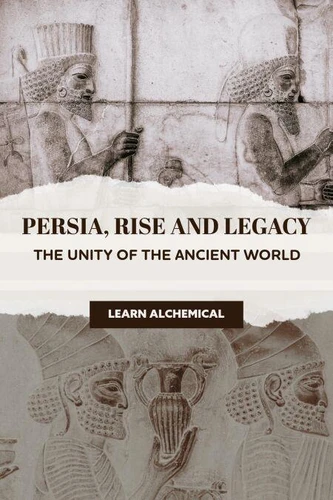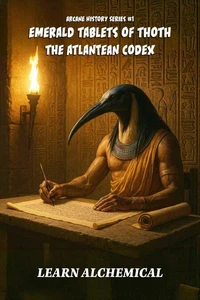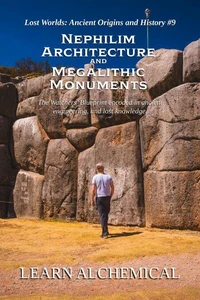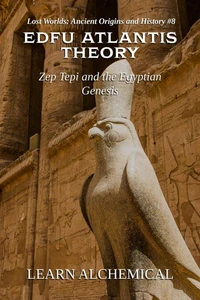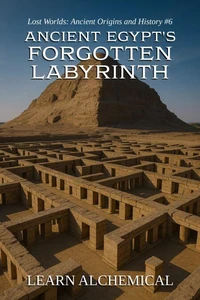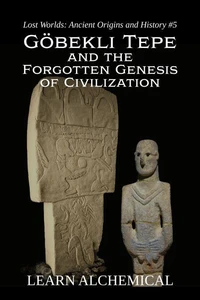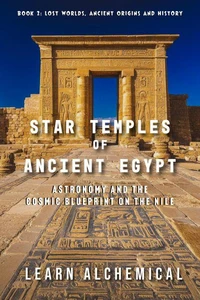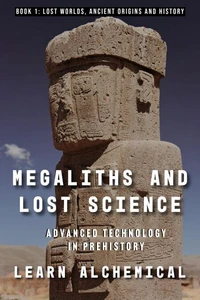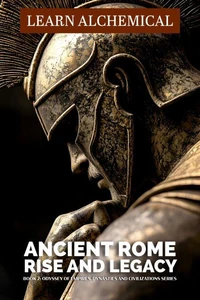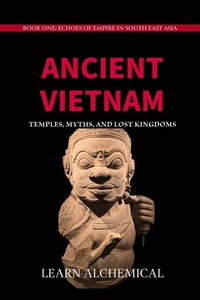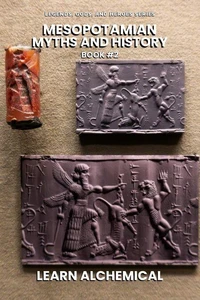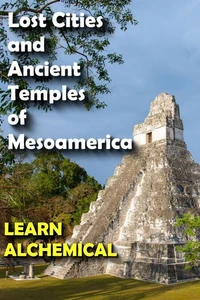Persia, Rise and Legacy: The Unity of the Ancient World. Odyssey of Empires, Dynasties and Civilzations, #1
Par :Formats :
Disponible dans votre compte client Decitre ou Furet du Nord dès validation de votre commande. Le format ePub est :
- Compatible avec une lecture sur My Vivlio (smartphone, tablette, ordinateur)
- Compatible avec une lecture sur liseuses Vivlio
- Pour les liseuses autres que Vivlio, vous devez utiliser le logiciel Adobe Digital Edition. Non compatible avec la lecture sur les liseuses Kindle, Remarkable et Sony
 , qui est-ce ?
, qui est-ce ?Notre partenaire de plateforme de lecture numérique où vous retrouverez l'ensemble de vos ebooks gratuitement
Pour en savoir plus sur nos ebooks, consultez notre aide en ligne ici
- FormatePub
- ISBN8231472710
- EAN9798231472710
- Date de parution04/08/2025
- Protection num.pas de protection
- Infos supplémentairesepub
- ÉditeurWalzone Press
Résumé
The story of Persia is not born in isolation. It emerges-like a shard of pottery found layered deep beneath more familiar ruins-from a broader, older, and more entangled world. Long before the name "Persia" echoed in the courts of Babylon, the valleys of the Zagros Mountains and the plains of Khuzistan pulsed with the rhythms of older civilizations: Elamites, Assyrians, Babylonians, and Medes. To truly understand the rise of Persia is to first understand the world that surrounded it-and in many ways, made it possible.
The earliest glimpses of the people we now call "Persians" appear not in their own voices, but in the accounts of others. The first written records mentioning the Persians date to the ninth century BCE, when Assyrian King Shalmaneser III waged campaigns through the rugged lands of the central Zagros. These Assyrian records describe a region populated by Iranian-speaking peoples-scattered, semi-nomadic, loosely federated-who offered tribute or, more often, resistance to Assyrian expansion.
The term "Parsua, " applied by the Assyrians to one such area, gives us the first linguistic seed of what would later blossom into "Parsa" or Persia. But the voice of the Persians themselves, their inner world, remains mute in this early era.
The earliest glimpses of the people we now call "Persians" appear not in their own voices, but in the accounts of others. The first written records mentioning the Persians date to the ninth century BCE, when Assyrian King Shalmaneser III waged campaigns through the rugged lands of the central Zagros. These Assyrian records describe a region populated by Iranian-speaking peoples-scattered, semi-nomadic, loosely federated-who offered tribute or, more often, resistance to Assyrian expansion.
The term "Parsua, " applied by the Assyrians to one such area, gives us the first linguistic seed of what would later blossom into "Parsa" or Persia. But the voice of the Persians themselves, their inner world, remains mute in this early era.
The story of Persia is not born in isolation. It emerges-like a shard of pottery found layered deep beneath more familiar ruins-from a broader, older, and more entangled world. Long before the name "Persia" echoed in the courts of Babylon, the valleys of the Zagros Mountains and the plains of Khuzistan pulsed with the rhythms of older civilizations: Elamites, Assyrians, Babylonians, and Medes. To truly understand the rise of Persia is to first understand the world that surrounded it-and in many ways, made it possible.
The earliest glimpses of the people we now call "Persians" appear not in their own voices, but in the accounts of others. The first written records mentioning the Persians date to the ninth century BCE, when Assyrian King Shalmaneser III waged campaigns through the rugged lands of the central Zagros. These Assyrian records describe a region populated by Iranian-speaking peoples-scattered, semi-nomadic, loosely federated-who offered tribute or, more often, resistance to Assyrian expansion.
The term "Parsua, " applied by the Assyrians to one such area, gives us the first linguistic seed of what would later blossom into "Parsa" or Persia. But the voice of the Persians themselves, their inner world, remains mute in this early era.
The earliest glimpses of the people we now call "Persians" appear not in their own voices, but in the accounts of others. The first written records mentioning the Persians date to the ninth century BCE, when Assyrian King Shalmaneser III waged campaigns through the rugged lands of the central Zagros. These Assyrian records describe a region populated by Iranian-speaking peoples-scattered, semi-nomadic, loosely federated-who offered tribute or, more often, resistance to Assyrian expansion.
The term "Parsua, " applied by the Assyrians to one such area, gives us the first linguistic seed of what would later blossom into "Parsa" or Persia. But the voice of the Persians themselves, their inner world, remains mute in this early era.

